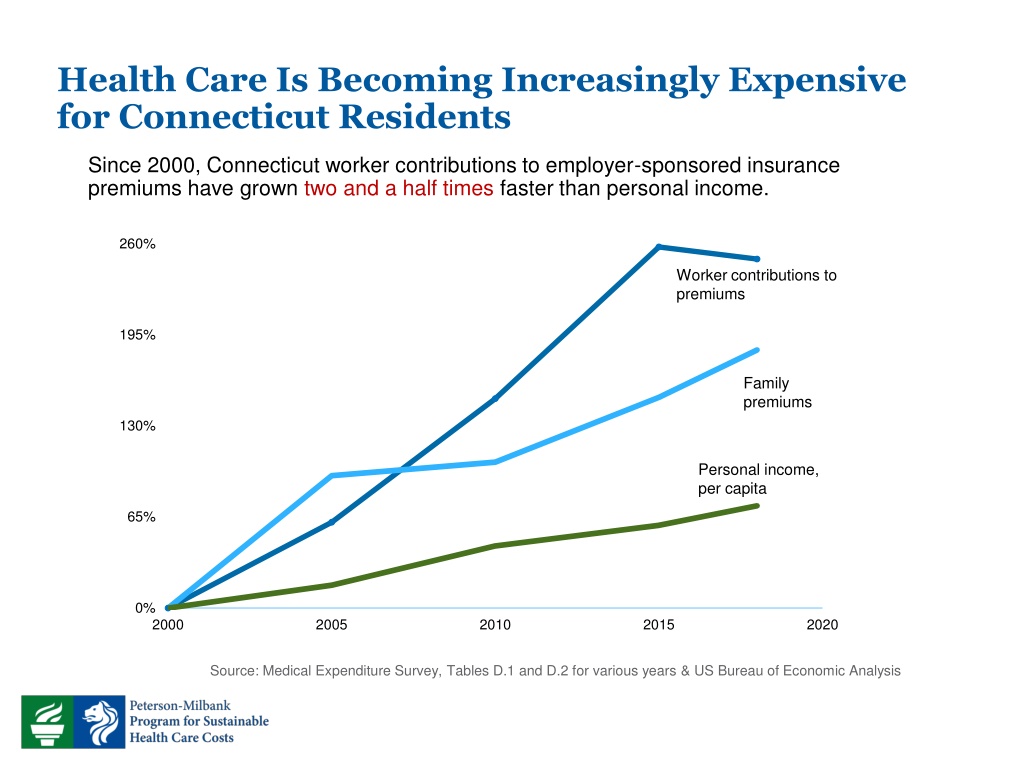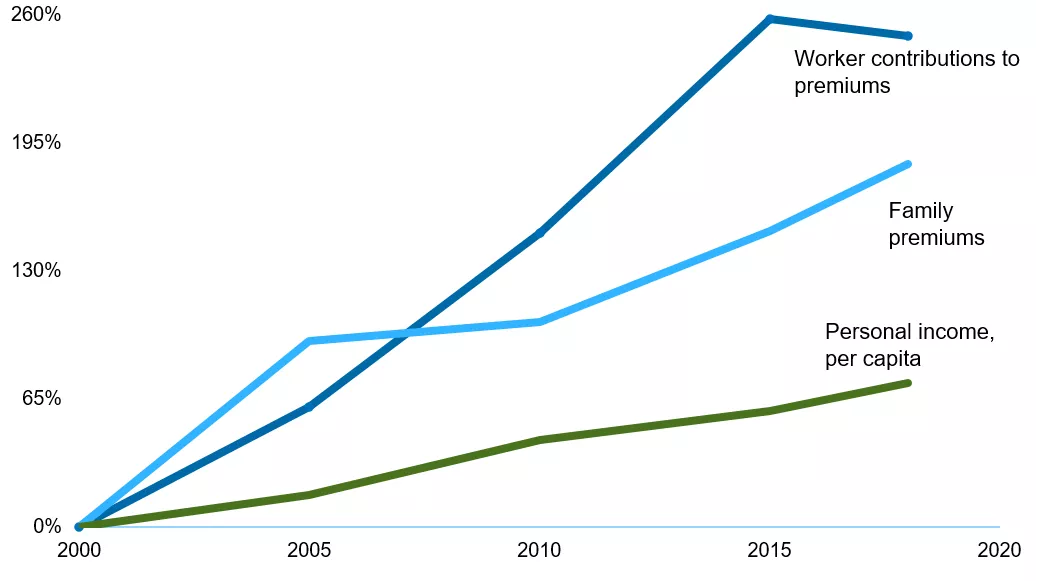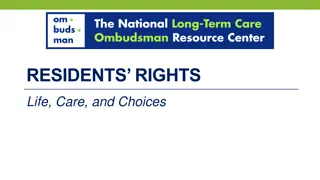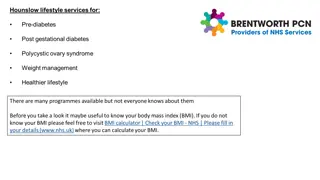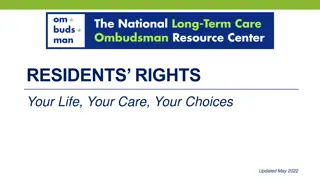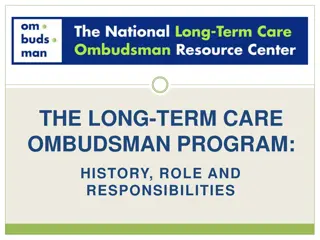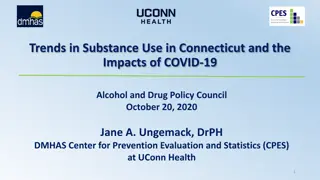Rising Health Care Costs Impacting Connecticut Residents
Connecticut residents have experienced a significant increase in health care costs, with worker contributions to employer-sponsored insurance premiums growing disproportionately faster than personal income since 2000. This trend highlights the financial burden placed on individuals and families, impacting access to quality healthcare services and exacerbating economic challenges. As the cost of health care continues to rise, addressing affordability and ensuring access to essential care remain critical concerns for residents in Connecticut.
Uploaded on Feb 25, 2025 | 0 Views
Download Presentation

Please find below an Image/Link to download the presentation.
The content on the website is provided AS IS for your information and personal use only. It may not be sold, licensed, or shared on other websites without obtaining consent from the author.If you encounter any issues during the download, it is possible that the publisher has removed the file from their server.
You are allowed to download the files provided on this website for personal or commercial use, subject to the condition that they are used lawfully. All files are the property of their respective owners.
The content on the website is provided AS IS for your information and personal use only. It may not be sold, licensed, or shared on other websites without obtaining consent from the author.
E N D
Presentation Transcript
Health Care Is Becoming Increasingly Expensive for Connecticut Residents Since 2000, Connecticut worker contributions to employer-sponsored insurance premiums have grown two and a half times faster than personal income. 260% Worker contributions to premiums 195% Family premiums 130% Personal income, per capita 65% 0% 2000 2005 2010 2015 2020 Source: Medical Expenditure Survey, Tables D.1 and D.2 for various years & US Bureau of Economic Analysis
Setting a Health Care Cost Growth Benchmark, or Target, Will Help Connecticut Contain Health Care Spending Source: Washington State Health Care Authority
Connecticuts Health Care Cost Growth Target Aims to Align Health Cost Growth with Economic and Income Growth Connecticut, in collaboration with its employers, insurers, and health providers, has set a state annual per capita cost growth target of: 3.4% for 2021 3.1% for 2022 2.9% for 2023 2025.
A Health Care Cost Growth Target Followed by Data-Driven Action Could Make Health Care More Affordable for Everyone Containing health care costs, especially in the wake of the COVID-19 pandemic, is critical to ensuring access to affordable health care and the financial well-being of our residents, employers, and state government.
